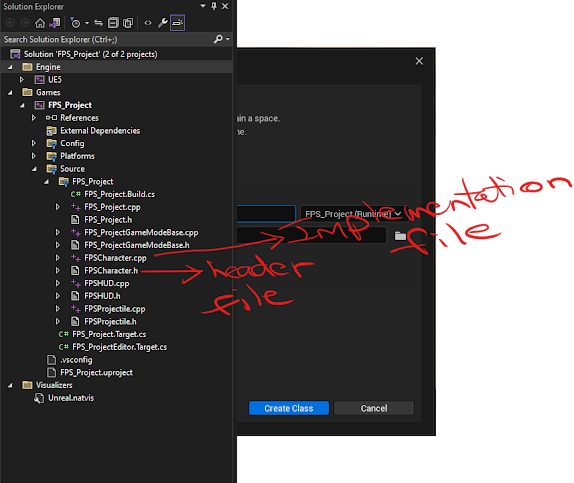C++ Programming in Unreal Engine 5.1
C++ Programming Tutorial for Unreal Engine 5.1
Introduction:
Unreal Engine is a powerful game development platform used by professionals and hobbyists alike. With the release of Unreal Engine 5.1, developers have access to enhanced features and improved performance. One of the key aspects of Unreal Engine 5.1 is its support for C++ programming, which provides developers with unlimited customization and control over their projects. In this tutorial, we will explore the basics of C++ programming in Unreal Engine 5.1, allowing you to unlock the full potential of this game development engine.
The following are the links that are being referenced in the blog, so if you feel the blog is exaggerated you can refer to these links for the C++ programming tutorial:
1. Setting up Unreal Engine 5.1:
- Begin by downloading and installing Unreal Engine 5.1 from the official Epic Games website.
- Launch the Unreal Engine Editor and create a new project, selecting the desired project settings.
2. Understanding C++ in Unreal Engine:
- Unreal Engine uses a combination of C++ and Blueprints for game development.
- C++ is a powerful programming language that allows you to create complex systems, optimize performance, and extend the functionality of the engine.
3. Creating a C++ Class:
- Right-click in the "Content Browser" and choose "Create C++ Class."
- Select the desired class type, such as "Actor," "GameMode," or "Character."
- Provide a name and specify the parent class for your new C++ class.
- Unreal Engine will generate the necessary files and add them to your project.
4. Opening the C++ Class:
- Locate the generated C++ class in the "Content Browser" and double-click to open it in Visual Studio or your preferred code editor.
5. Understanding the C++ Class Structure:
- A C++ class in Unreal Engine consists of a header file (.h) and an implementation file (.cpp).
- The header file contains the class declaration, while the implementation file contains the actual code.
6. Writing C++ Code:
- Define member variables, functions, and properties in the header file.
- Implement the functionality of your class in the corresponding .cpp file.
- Use Unreal Engine's API and existing classes to build your game logic.
7. Compiling and Building:
- Save your changes in the code editor.
- Switch back to the Unreal Engine Editor and click on the "Compile" button to build your C++ code.
- Fix any errors or warnings that may appear during the compilation process.
8. Using Your C++ Class in Blueprints:
- Once your C++ class is successfully compiled, it becomes accessible in the Blueprint system.
- Create a new Blueprint in the Unreal Engine Editor.
- Search for your C++ class and drag it into the Blueprint graph to use its functionality.
9. Debugging and Testing:
- Unreal Engine provides a powerful debugging system for C++ code.
- Use breakpoints, step-by-step execution, and variable inspection to identify and fix issues in your code.
- Test your game and iterate on your code to achieve the desired functionality.
Conclusion:
In this tutorial, we covered the basics of C++ programming in Unreal Engine 5.1. By leveraging the power of C++, you can extend the functionality of Unreal Engine, optimize performance, and create complex game systems. Remember to experiment, explore the Unreal Engine documentation, and utilize online resources to deepen your knowledge of C++ programming in Unreal Engine 5.1. Happy coding and best of luck with your game development journey!







Comments
Post a Comment